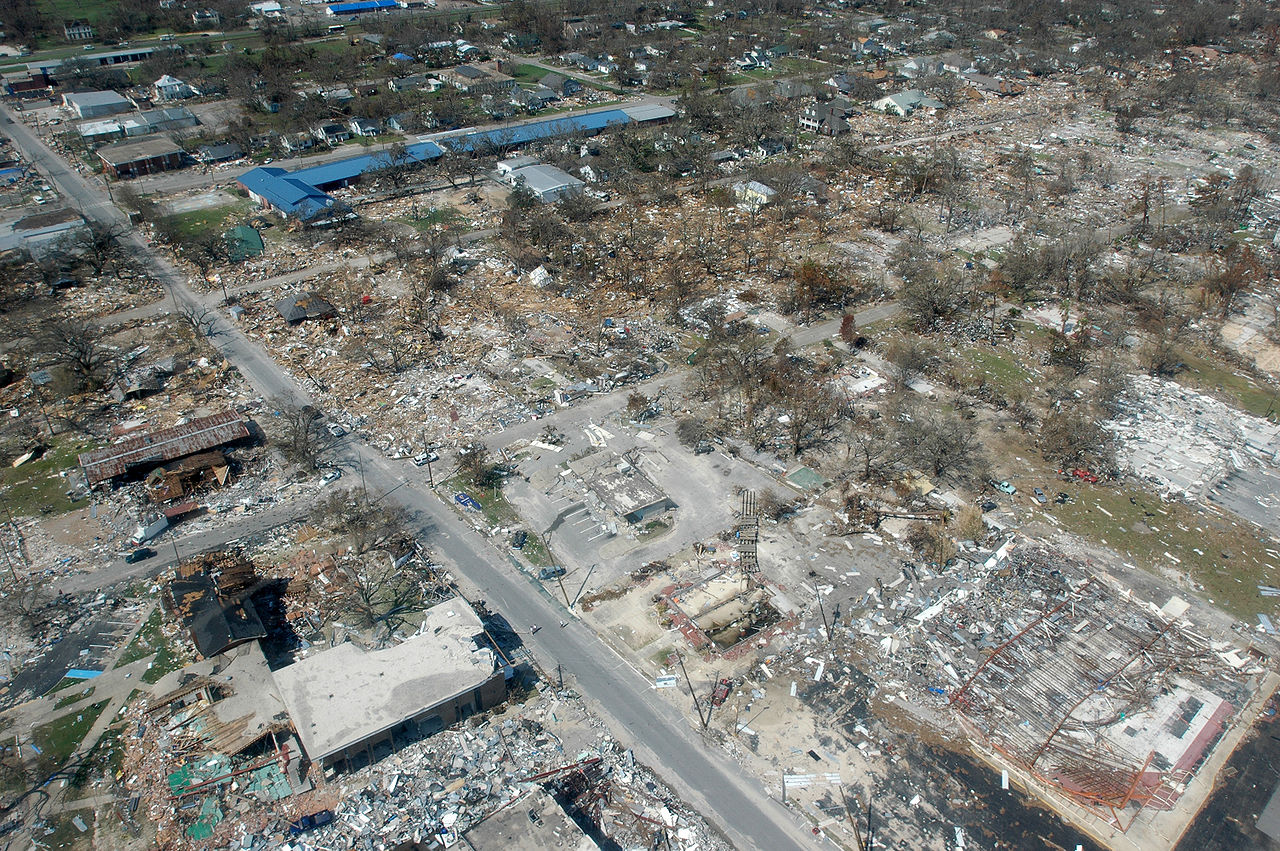P3: Bridging the Resilience Finance Gap
When it comes to financing urban resilience, there is a clear gap between demand and supply. Comprehensive resilience infrastructure will require $4 trillion per year between 2015 and 2030. However, current spend is around $2 trillion per year, and much of this is fragmented. Cities have ambitious plans and projects, as shown by their collective commitments through the carbonn Climate Registry (cCR) to reduce CO2 emissions by 1 gigaton by 2020 (equivalent to all reductions achieved by EU countries in the last 20 years). Yet much of the funding for these projects continues to come from municipal taxes.
In a plenary on 3 March at the Resilient Cities Asia-Pacific congress, a panel explored the barriers to increased distribution of resilience funding to local governments. Gino Van Begin (Secretary General, ICLEI) suggested that there is not enough decentralized information about available financial resources, with local governments finding it difficult to learn about the different sources for financing. Multilateral Development Banks (MDBs) also tend to have complex and varied selection systems, which makes it difficult for local governments to apply. And within local governments, there is a lack of specialized staff to prepare applications.
From the perspective of MDBs, there are a number of things cities can do to increase their chances of attracting funding. Joris Van Etten of the Asian Development Bank suggested that local resilience projects should focus on vulnerable communities, and should combine hard and soft measures. For instance, governance proposals should be included alongside infrastructure developments. Projects should be large and simple, to allow MDBs to roll out money quickly. It is also vital for cities and regions to demonstrate good accounting practices and have up-to-date information:
“Having your own house in order, making sure you know how much money you have left in your wallet, is crucial to attract financing”.
Other stakeholders can help to bridge the gap, serving as intermediaries between local governments and financial institutions. The Rockefeller Foundation’s 100 Resilient Cities program, for example, helps to direct funding to cities. Natalie Phaholyothin of the Rockefeller Foundation emphasized how this and similar networks can create strong communities, raising the profile of cities and regions to attract finance for resilience programs. The private sector may also be able to help local governments become more financially viable, Thomas Tang of AECOM explained. It is vital for cities and regions to produce solid project and business plans. Businesses are very good at doing this as they do it on a regular basis. However, they are rarely asked to produce plans for cities. Instead, the tenders and contracts are awarded to NGOs, who often have less experience or capacity.
***
Featured image: damage to Long Beach, Mississippi, following Hurricane Katrina.






